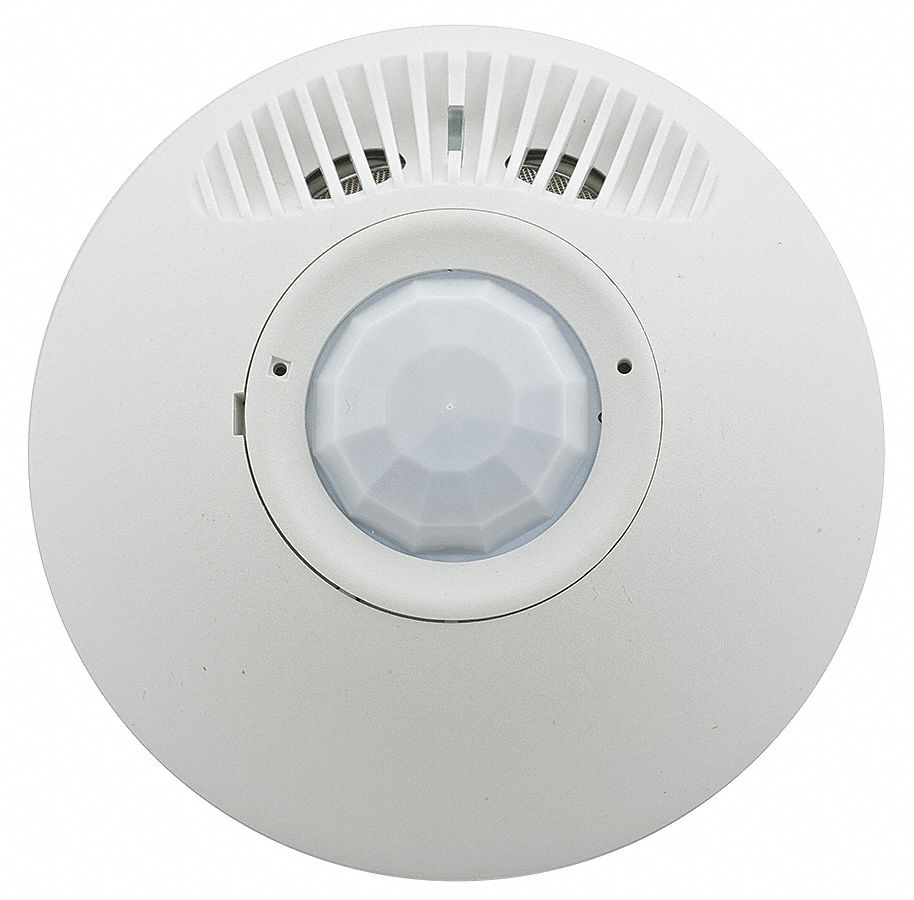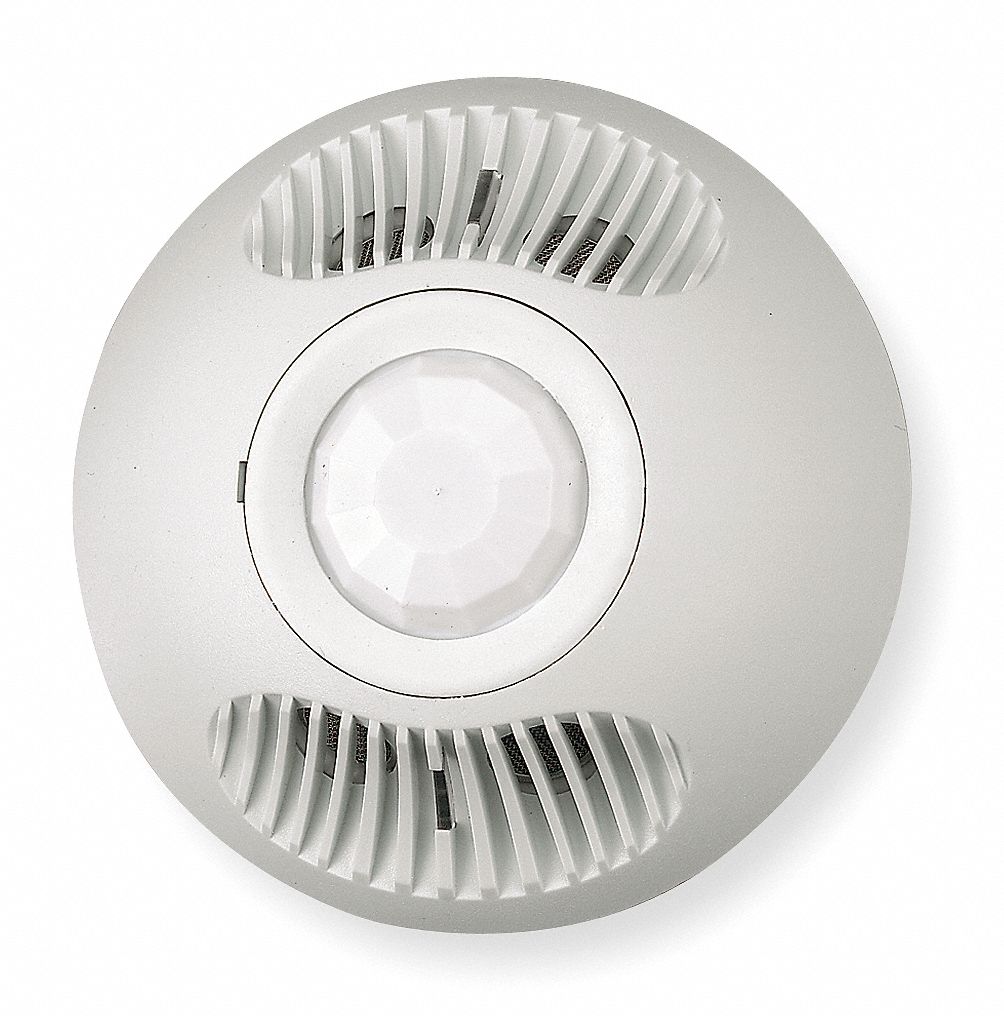Occupancy Sensors For Offices
Occupancy Sensors For Offices - Web occupancy sensing is integral to the broader scope of smart building automation. Get free access to workplace analytics benchmarks. Web by pairing anonymous computer vision technology with artificial intelligence, optical sensors can provide insight into person count, active occupancy and passive occupancy to truly understand how that space is used. Web occupancy sensors use a variety of technologies to detect the motion and presence of people. Web office sensors help companies improve the overall efficiency of spaces and processes by capturing and measuring usage and occupancy data such as the number of people in a given room, how much time workers spend at their desks, and how frequently employees pass through spaces. Here’s how to get started with workplace utilization and occupancy sensors.
Web when used in conjunction with facility management software and building automation systems, occupancy sensors can help facility managers (fms) measure, monitor, and optimize all aspects of the office. Information gathered from optical sensors provides leadership teams with context—and that is invaluable insight when. Read our blog for an overview of occupancy sensor tech. How does a passive infrared (pir) occupancy sensor or vacancy sensor work? Web occupancy sensing is integral to the broader scope of smart building automation.
Elevate your workplace with iot sensors. Make sure to understand the limitations of the technology before deploying a lighting management system that uses occupancy sensors. Web by pairing anonymous computer vision technology with artificial intelligence, optical sensors can provide insight into person count, active occupancy and passive occupancy to truly understand how that space is used. Here’s how to get started with workplace utilization and occupancy sensors. Web this comprehensive guide includes everything you need to know about occupancy sensors, what they are, how they work, common types, and their advantages to help you determine the best occupancy sensor solutions for your home and offices.
Web occupancy sensors is an efficient way to analyse how building and office spaces are utilised. Web smart office sensors include environmental sensors, light sensors, occupancy monitoring sensors, desk sensors and visitor counting sensors. Web by pairing anonymous computer vision technology with artificial intelligence, optical sensors can provide insight into person count, active occupancy and passive occupancy to truly understand.
“false off” is the biggest concern. Web this comprehensive guide includes everything you need to know about occupancy sensors, what they are, how they work, common types, and their advantages to help you determine the best occupancy sensor solutions for your home and offices. Web by pairing anonymous computer vision technology with artificial intelligence, optical sensors can provide insight into.
Web when speaking specifically about occupancy sensors controlling lights, which is one of the most commonly used occupancy sensors in the market, there are some pros and cons to be mindful of before installing in your own office. Web when used in conjunction with facility management software and building automation systems, occupancy sensors can help facility managers (fms) measure, monitor,.
Web office sensors help companies improve the overall efficiency of spaces and processes by capturing and measuring usage and occupancy data such as the number of people in a given room, how much time workers spend at their desks, and how frequently employees pass through spaces. Web occupancy sensors have become synonymous with smart buildings. Make sure to understand the.
Here's a breakdown to decide what occupancy sensors is right for your organisation. “false off” is the biggest concern. More than that, these sensors can also form the foundation for a smoother workplace experience by complementing workplace experience technologies. Web occupancy sensors are ideally suited for applications that require a higher granularity of control than can be economically achieved using.
Read our blog for an overview of occupancy sensor tech. Web occupancy sensors are ideally suited for applications that require a higher granularity of control than can be economically achieved using scheduling (e.g., a floor of an office building with perimeter offices that must be controlled individually). Web when speaking specifically about occupancy sensors controlling lights, which is one of.
Web by pairing anonymous computer vision technology with artificial intelligence, optical sensors can provide insight into person count, active occupancy and passive occupancy to truly understand how that space is used. Detects motion in a field of view that requires line of sight. Web occupancy sensing is integral to the broader scope of smart building automation. Web occupancy sensors are.
Web occupancy sensors use a variety of technologies to detect the motion and presence of people. Web occupancy sensors are ideally suited for applications that require a higher granularity of control than can be economically achieved using scheduling (e.g., a floor of an office building with perimeter offices that must be controlled individually). Read our blog for an overview of.
Coworkr joins forces with to deliver new standard for workplace health, efficiency, and intelligence. More than that, these sensors can also form the foundation for a smoother workplace experience by complementing workplace experience technologies. Web occupancy sensors use a variety of technologies to detect the motion and presence of people. Web when speaking specifically about occupancy sensors controlling lights, which.
Web occupancy sensors are ideally suited for applications that require a higher granularity of control than can be economically achieved using scheduling (e.g., a floor of an office building with perimeter offices that must be controlled individually). Coworkr joins forces with to deliver new standard for workplace health, efficiency, and intelligence. Web smart office sensors include environmental sensors, light sensors,.
Occupancy Sensors For Offices - From adjusting room temperatures to controlling blinds and shades, these sensors enable a seamless integration of technologies to create a responsive and adaptive built environment. “false off” is the biggest concern. Using data give teams greater visibility on what can be done to optimise working practices, inform future designs and ultimately boost employee productivity. They are devices that detect and measure the presence of people within a certain area, providing invaluable data about desk occupancy, meeting room usage, and overall space utilization. Elevate your workplace with iot sensors. How does a passive infrared (pir) occupancy sensor or vacancy sensor work? Web with businesses planning return to work strategies, the demand for occupancy sensors is growing. Measure actual workspace utilization and identify patterns and trends to build a smarter workspace. Web by pairing anonymous computer vision technology with artificial intelligence, optical sensors can provide insight into person count, active occupancy and passive occupancy to truly understand how that space is used. Web occupancy sensors have become synonymous with smart buildings.
Web when speaking specifically about occupancy sensors controlling lights, which is one of the most commonly used occupancy sensors in the market, there are some pros and cons to be mindful of before installing in your own office. Measure actual workspace utilization and identify patterns and trends to build a smarter workspace. Read our blog for an overview of occupancy sensor tech. Coworkr joins forces with to deliver new standard for workplace health, efficiency, and intelligence. Web by pairing anonymous computer vision technology with artificial intelligence, optical sensors can provide insight into person count, active occupancy and passive occupancy to truly understand how that space is used.
They are devices that detect and measure the presence of people within a certain area, providing invaluable data about desk occupancy, meeting room usage, and overall space utilization. Web with businesses planning return to work strategies, the demand for occupancy sensors is growing. Get free access to workplace analytics benchmarks. More than that, these sensors can also form the foundation for a smoother workplace experience by complementing workplace experience technologies.
Information gathered from optical sensors provides leadership teams with context—and that is invaluable insight when. Web occupancy sensors are ideally suited for applications that require a higher granularity of control than can be economically achieved using scheduling (e.g., a floor of an office building with perimeter offices that must be controlled individually). Web smart office sensors include environmental sensors, light sensors, occupancy monitoring sensors, desk sensors and visitor counting sensors.
Web when speaking specifically about occupancy sensors controlling lights, which is one of the most commonly used occupancy sensors in the market, there are some pros and cons to be mindful of before installing in your own office. Web smart office sensors include environmental sensors, light sensors, occupancy monitoring sensors, desk sensors and visitor counting sensors. They are devices that detect and measure the presence of people within a certain area, providing invaluable data about desk occupancy, meeting room usage, and overall space utilization.
Web Occupancy Sensors Have Become Synonymous With Smart Buildings.
Using data give teams greater visibility on what can be done to optimise working practices, inform future designs and ultimately boost employee productivity. Coworkr joins forces with to deliver new standard for workplace health, efficiency, and intelligence. Web when speaking specifically about occupancy sensors controlling lights, which is one of the most commonly used occupancy sensors in the market, there are some pros and cons to be mindful of before installing in your own office. Measure actual workspace utilization and identify patterns and trends to build a smarter workspace.
Detects Motion In A Field Of View That Requires Line Of Sight.
Web this comprehensive guide includes everything you need to know about occupancy sensors, what they are, how they work, common types, and their advantages to help you determine the best occupancy sensor solutions for your home and offices. Information gathered from optical sensors provides leadership teams with context—and that is invaluable insight when. Read our blog for an overview of occupancy sensor tech. Web with businesses planning return to work strategies, the demand for occupancy sensors is growing.
Here's A Breakdown To Decide What Occupancy Sensors Is Right For Your Organisation.
Web when used in conjunction with facility management software and building automation systems, occupancy sensors can help facility managers (fms) measure, monitor, and optimize all aspects of the office. From adjusting room temperatures to controlling blinds and shades, these sensors enable a seamless integration of technologies to create a responsive and adaptive built environment. Get free access to workplace analytics benchmarks. How does a passive infrared (pir) occupancy sensor or vacancy sensor work?
Web Occupancy Sensors Are Ideally Suited For Applications That Require A Higher Granularity Of Control Than Can Be Economically Achieved Using Scheduling (E.g., A Floor Of An Office Building With Perimeter Offices That Must Be Controlled Individually).
Web by pairing anonymous computer vision technology with artificial intelligence, optical sensors can provide insight into person count, active occupancy and passive occupancy to truly understand how that space is used. They are devices that detect and measure the presence of people within a certain area, providing invaluable data about desk occupancy, meeting room usage, and overall space utilization. Web occupancy sensors use a variety of technologies to detect the motion and presence of people. Senses difference in heat emitted by humans in motion from background.









